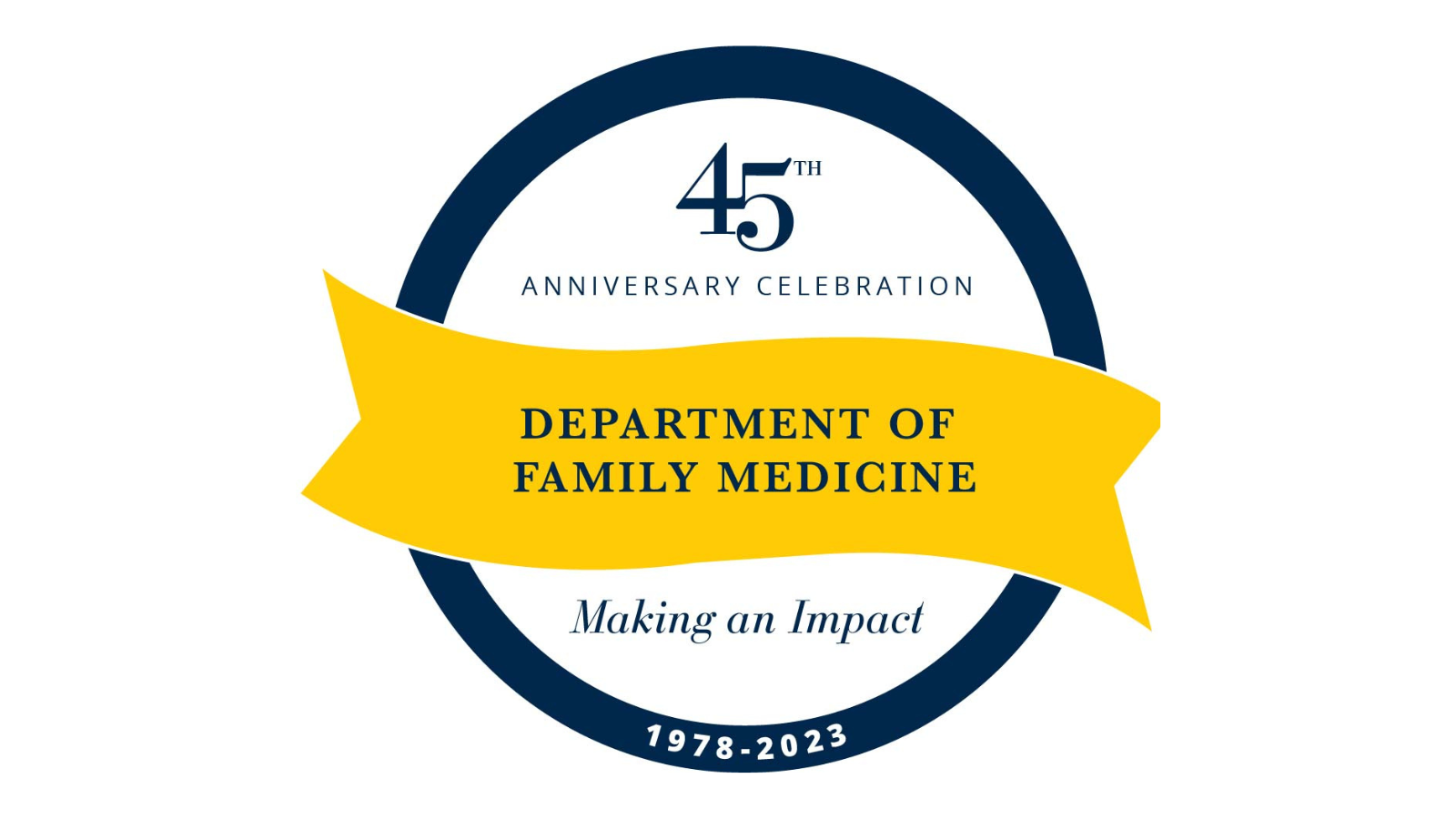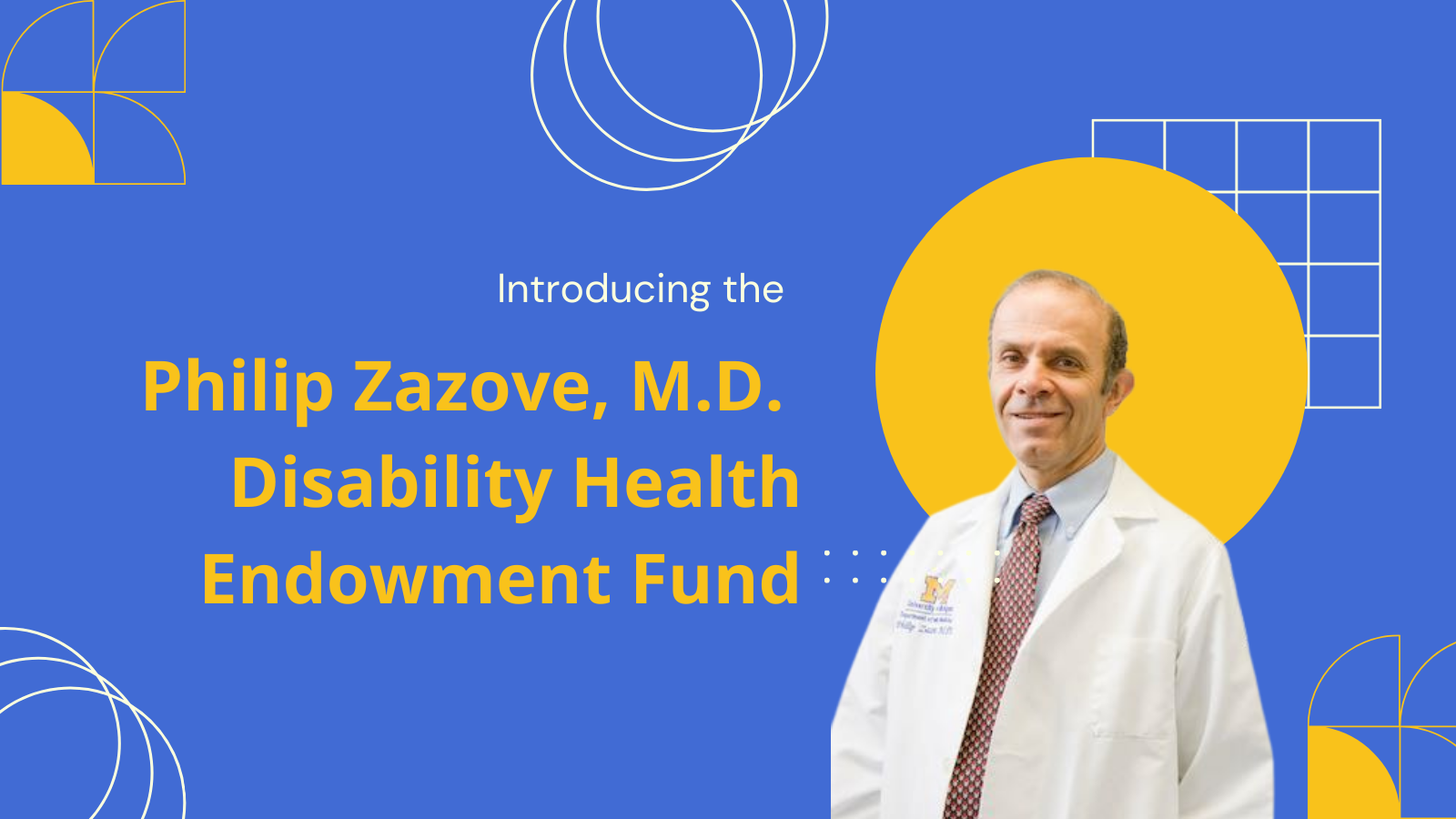An inter-departmental team of researchers from the University of Michigan have just published the results of a new study which shows that individuals with suboptimally-controlled Type 2 diabetes can better manage the chronic condition by adopting both a low-carbohydrate diet and sustained use of a continuous glucose monitoring device (CGM).
Their research has been published in the Journal of Medical Internet Research.
Type 2 diabetes is a leading cause of morbidity and mortality globally, with adverse health consequences largely related to hyperglycemia, or high blood sugar. Despite clinical treatments, effective medications, and dietary and behavioral interventions designed to support patients and providers, up to 60% of patients diagnosed with Type 2 diabetes are estimated to have hemoglobin A1c (HbA1c) levels above the recommended targets.
The aim of the U-M study was to compare changes in HbA1c levels among patients with suboptimally controlled Type 2 diabetes who were offered a CGM device and personalized low-carbohydrate nutrition counseling versus patients who were offered usual care (UC). Caroline R. Richardson, M.D., associate chair of research for the Department of Family Medicine and director of the Michigan Collaborative for Type 2 Diabetes (MCT2D), served as the paper’s senior author.
The study took place over 12 months and utilized a unique study design, which aimed to maximize the number of patients enrolled and leverage their long-standing relationships with their care teams. Using a pragmatic, randomized quality improvement program approach, researchers randomized all adult patients with T2DM (Type 2 diabetes mellitus) at a university-affiliated primary care clinic (1,584 individuals). Participants were randomized to either a usual care or an enhanced care (EC) group.
Within both arms, the team classified individuals as “higher risk” if they had a baseline HbA1c greater than 7.5% and were medically eligible for improved glycemic control. They defined these subgroups as usual care–high risk (UC-HR) or enhanced care-high risk (EH-RC). UC-HR participants (197 individuals) were offered routine primary care. EC-HR participants (185 individuals) were invited to use a continuous glucose monitor (CGM) and were also offered low-carb nutrition counseling.
Researchers then compared changes in HbA1c levels between baseline and 12 months using an intention-to-treat difference-in-differences analysis comparing EC-HR with UC-HR groups.
Study results indicated a significantly greater reduction in HbA1c among individuals randomized to the enhanced care group compared to those randomized to usual care, with a population-level decrease in A1C of 0.41% (P=.04) from baseline to 12 months. Of the 185 patients eligible, 61 individuals (or 32.9%) engaged in enhanced care, defined as using at least one CGM sensor and having at least one session with the program’s dietician. The average decrease in A1C for those who engaged in enhanced care was 1.1%.
The significant improvement in HbA1c was achieved without increasing medication costs, according to an analysis of the complete electronic health records of 49 participants from the EC-HR group who consented to the study’s data repository.
The team also conducted follow-up, semi-structured interviews to understand EC-HR participant experiences with the intervention. Many participants who used the CGM said the device influenced their lives in many ways, providing “instant results” that were “handy” in making decisions about their daily diet and revealing data trends that helped them understand how specific foods impacted their blood glucose levels. Most participants noted they were able to implement a low-carbohydrate diet, but reported challenges with cravings and resisting the convenience of highly-processed foods.
The researchers concluded that among patients with T2DM who have difficulty maintaining healthy blood glucose levels, combining the use of CGMs and the use of low-carb nutrition counseling can improve glycemic control as compared with standard of care.
“As CGM technology evolves and carbohydrate restriction is increasingly accepted as a powerful tool to support T2DM self-management, this program may be a scalable and sustainable strategy to help and empower patients with T2DM to achieve glycemic control,” the authors write.
Citation: Griauzde DH, Ling G, Wray D, DeJonckheere M, Mizokami Stout K, Saslow LR, Fenske J, Serlin D, Stonebraker S, Nisha T, Barry C, Pop-Busui R, Sen A, Richardson CR Continuous Glucose Monitoring With Low-Carbohydrate Nutritional Coaching to Improve Type 2 Diabetes Control: Randomized Quality Improvement Program, J Med Internet Res 2022;24(2):e31184. doi: 10.2196/31184



